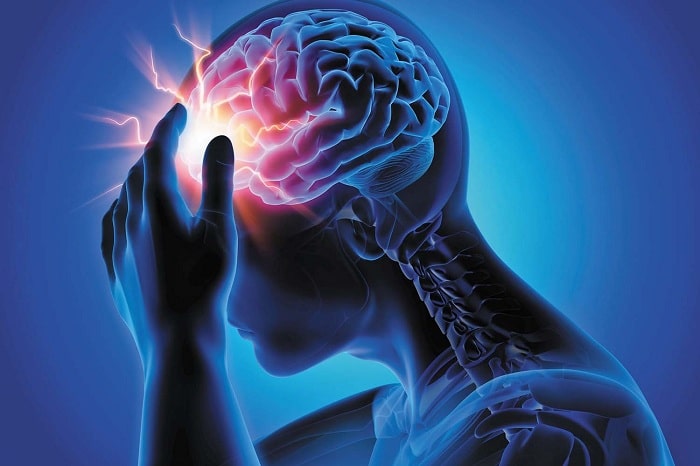Head injuries are relatively common and can range from mild to severe. Whether it’s from a sports injury, a fall, or a car accident, concussions and head injuries do usually require medical attention right away to ensure there’s not more damage than what can initially be seen.
With that in mind, the following are seven key things to know about concussions and head injuries.
1.) There Are Three Types of Head Injury Based On Where They Occur
The majority of brain injuries occur because of an outside force coming in contact with the head. The impact and the injuries that result from that force can be classified as one of three types.
There’s coup, contrecoup, and coup-contrecoup.
These are all non-penetrating injuries.
Coup injuries occur on the brain right below the area where the impact occurred. Trauma can be mild, moderate or severe, and may include bruising and swelling as well as potential brain hemorrhage.
Contrecoup affects the side of the brain on the opposite side from where the impact was located.
Coup-contrecoup injuries tend to be most severe and impact both sides of the brain.
2.) Observed and Reported Signs Are Often Different
Especially in children in teens, but really in people of any age, the observed signs of a concussion can be different from the reported signs.
The signs you may observe include appearing dazed or stunned, seeming confused or forgetful and clumsy movements. You might also notice the person is slow to answer questions or shows changes in mood or behavior.
The symptoms that someone with a concussion might report, on the other hand, can include nausea, headache and a feeling of pressure in the head. Symptoms reported can also include double vision, dizziness, being bothered by noise or light, feeling sluggish or groggy, confusion or feeling down or just “off” in some way.
3.) You Should Watch for Danger Signs
There are some danger signs to be aware of if someone has suffered a blow to the head.
Danger signs to be mindful of include:
- One pupil appears larger than the other
- Drowsiness
- Inability to wake up
- A worsening headache that doesn’t go away
- Slurred speech
- Decreased coordination
- Convulsions
- Seizures
- Unusual behavior
- Restlessness
- Agitation
- Loss of consciousness (even for a brief period)
4.) There Are Certain Risk Factors For Concussions
While anyone can get a concussion, there are certain risk factors that can up the chances including:
- Falling, especially in older adults and young children
- Participating in contact sports like boxing, football, soccer, or hockey
- Participating in sports without the proper safety equipment
- Being in a car accident
- Being in a pedestrian accident
- Involvement in a bike accident
- Being a soldier in combat
- Being a physical abuse victim
- Having had a concussion in the past
5.) Complications Are Possible with Concussions
It’s critical to be mindful of the possibility of complications after someone suffers a concussion. Complications of a concussion can include:
- Vertigo for days, weeks, or even months after a brain injury
- Post-concussion symptoms which can last longer than three months
- Second impact syndrome can occur, which is rare, but it means that someone experienced a second concussion before the resolution of the first concussion. This can lead to fatal swelling of the brain and the risk highlights why it’s important for athletes to be fully healed before they play sports again after a concussion.
6.) A Concussion Doesn’t Have to Be Caused by a Direct Blow
We often think about concussions being caused by direct blows to the head, and they can be, but they don’t have to be.
The brain is cushioned by cerebrospinal fluid inside a person’s skull.
A blow to not just the head but also the neck or upper body can cause the brain to move back and forth with force against the walls of the skull.
Any sudden acceleration or deceleration of the brain can cause a brain injury.
7.) There Are Ways to Reduce the Risk of a Concussion
Some of the general steps that can be taken to reduce the risk of concussions include:
- Always wearing the appropriate safety and protective gear when participating in sports or recreational activities. The equipment should be in condition and fit properly.
- Using your seatbelt can reduce the risk of a head injury if you’re in an accident.
- Keep your home free of fall hazards, especially if you’re older.
- When you exercise regularly, it can help you improve your balance and strengthen your leg muscles.
Finally, parents, coaches, and everyone should take the time to learn about concussions and how they can be prevented.


















